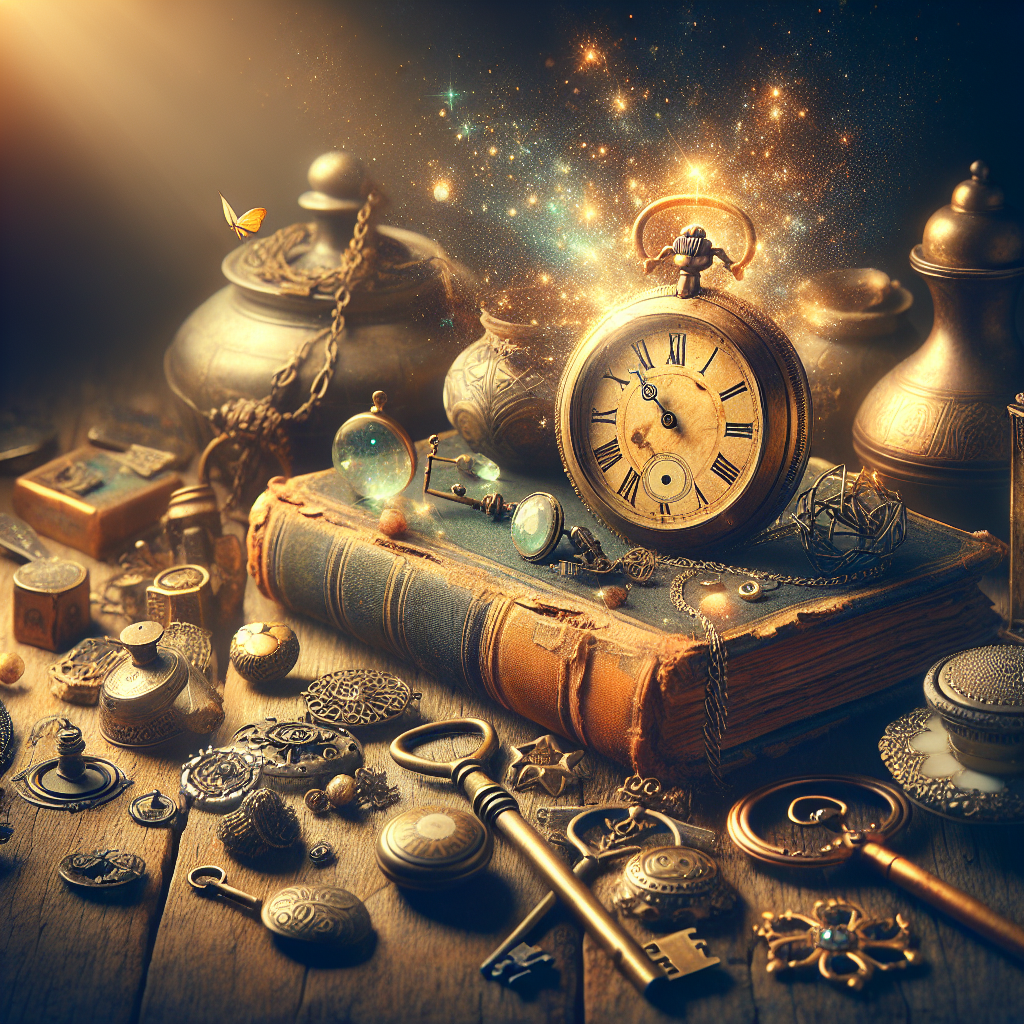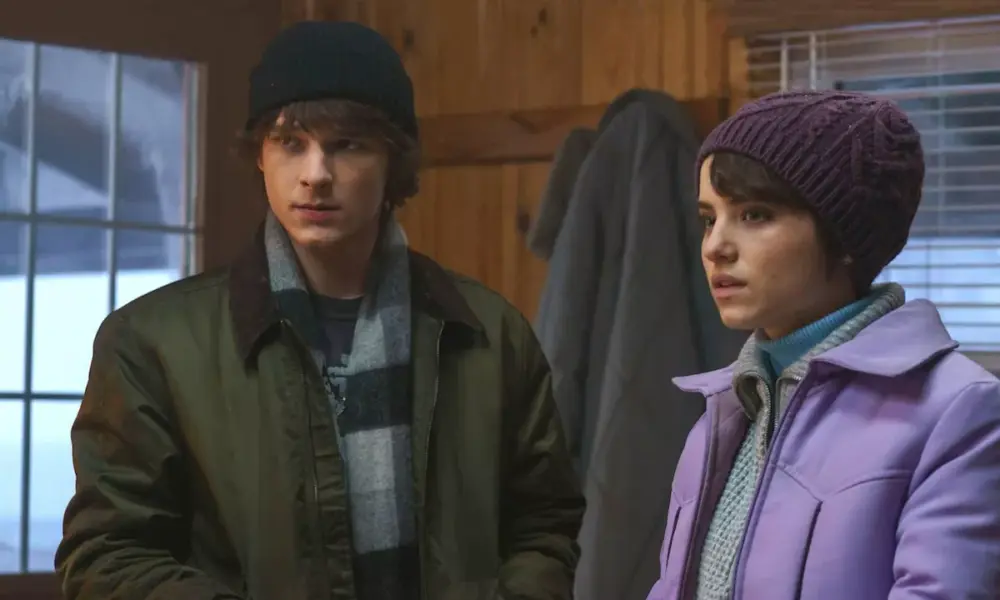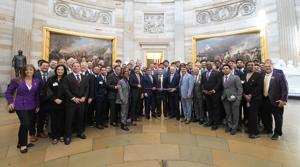A new cultural movement titled “Echoes of Yesterday: A Tale of Reimagined Treasures” is gaining traction, showcasing how historical artifacts can inspire contemporary art, design, and sustainability. This initiative emphasizes that objects from the past are not just relics, but integral to the modern creative landscape.
Unpacking Object Narratives
At the heart of “Echoes of Yesterday” is a belief that every object carries its own narrative. Museums, galleries, and artisan workshops play a crucial role in preserving these stories. They breathe new life into historical items through innovative reinterpretation.
For instance, a traditional Victorian teapot, often dismissed as outdated, can be transformed into a vibrant planter or a striking sculpture. This transformation highlights the dialogue between different eras, reminding us that creativity transcends time.
The Rise of Upcycling and Sustainability
More than a mere artistic endeavor, “Echoes of Yesterday” responds to pressing environmental challenges. With the rise of consumerism, many contemporary creators are embracing upcycling and sustainable practices. Instead of letting valuable materials end up in landfills, artisans are resurrecting forgotten objects, giving them new purpose.
Furniture made from reclaimed wood and fashion lines that incorporate vintage fabrics celebrate the imperfections and histories of each piece. This trend not only mitigates waste but also encourages consumers to reflect on their relationship with material possessions, understanding that each item carries its own story and significance.
Cultural influences from around the globe further enrich the movement. Artists today draw inspiration from diverse traditions, merging techniques and materials to create unique works. For example, a designer may take cues from a traditional Japanese kimono to develop a modern streetwear line, blending heritage textiles with contemporary styles. This creative cross-pollination fosters appreciation for shared human experiences, transcending cultural boundaries.
Technology also plays a vital role in the reimagining of historical artifacts. Techniques such as 3D printing and augmented reality enable artists to recreate lost pieces or design innovative interpretations of existing artifacts. These advancements allow audiences to engage with history in transformative ways.
Virtual exhibitions offer global audiences the chance to interact with these reimagined treasures without geographical limitations. This accessibility fosters a deeper connection to historical narratives and encourages a broader appreciation of our collective heritage.
In conclusion, “Echoes of Yesterday: A Tale of Reimagined Treasures” encapsulates a spirit of curiosity and innovation. As society grapples with modern complexities, it becomes clear that the past serves as a treasure trove of inspiration. By reinterpreting historical artifacts, we honor their stories while crafting new narratives for the present.
As we celebrate these echoes of history, we find ourselves at the exciting intersection of tradition and innovation. Moving forward, the lessons and beauty of the past will continue to shape our creative endeavors and the stories yet to unfold.






